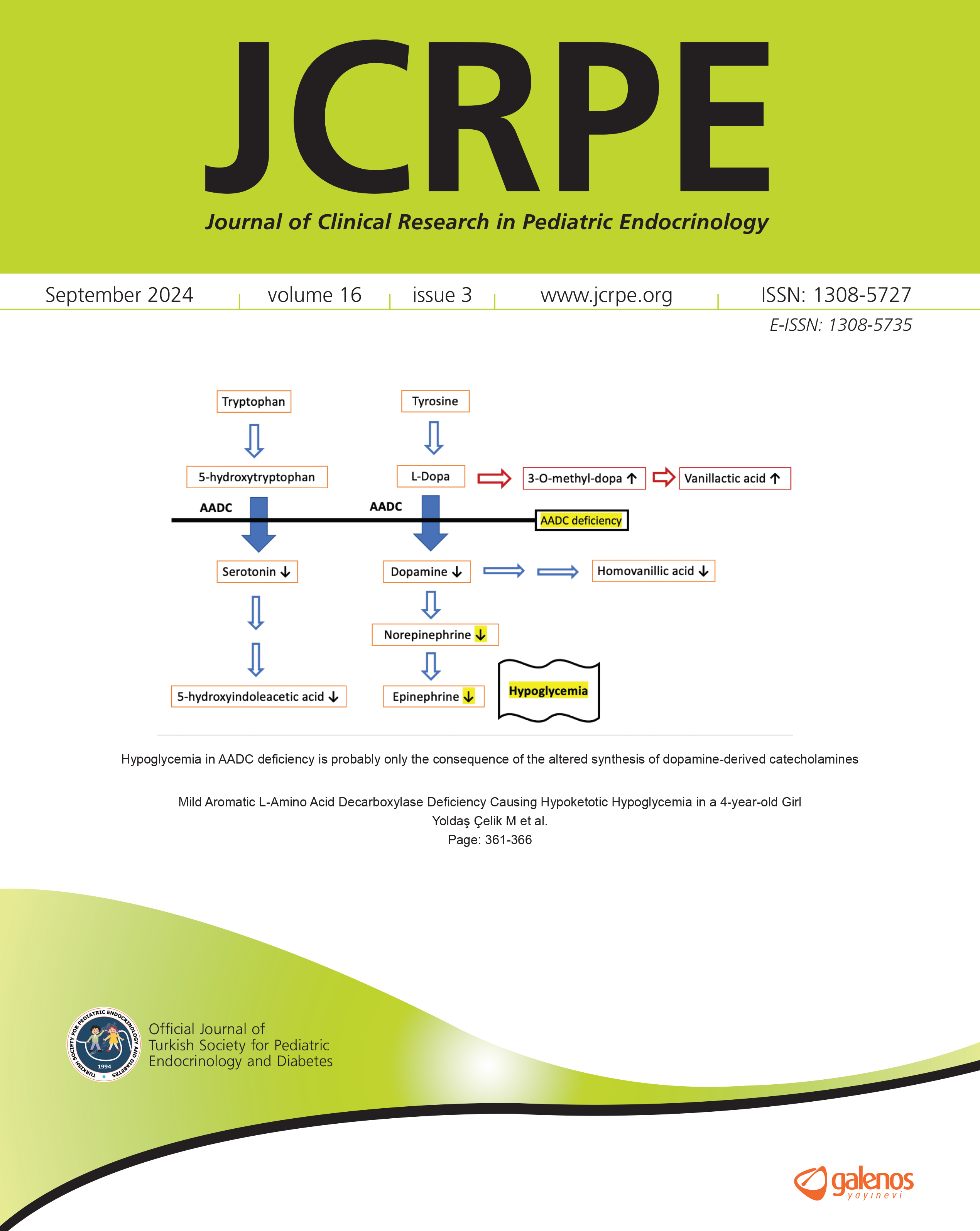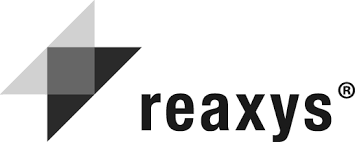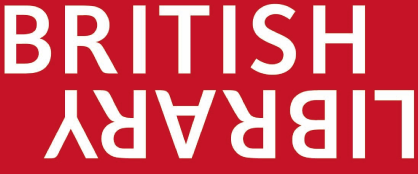CYP21A2 Gene Mutations in Congenital Adrenal Hyperplasia: Genotype-phenotype correlation in Turkish children
Firdevs Baş1, Hülya Kayserili2, Feyza Darendeliler1, Oya Uyguner2, Hülya Günöz1, Memnune Yüksel Apak2, Fatmahan Atalar3, Rüveyde Bundak1, Robert C. Wilson4, Maria I. New4, Bernd Wollnik5, Nurçin Saka11Istanbul University, Istanbul Faculty Of Medicine, Department Of Pediatrics, Pediatric Endocrinology Unit, Istanbul, Turkey2Istanbul University, Istanbul Faculty Of Medicine, Medical Genetics Department, Istanbul, Turkey
3Istanbul University, Istanbul Faculty of Medicine, Medical Genetics Department, Istanbul, Turkey
4Mount Sinai School Of Medicine, Department Of Pediatrics, New York, Ny, Usa
5Center For Molecular Medicine Cologne, And Institute Of Human Genetics, University Of Cologne, Cologne, Germany
Background: Congenital adrenal hyperplasia (CAH) due 21-hydroxylase deficiency (21-OHD) is a common autosomal recessive disorder. It is caused by defects in the CYP21A2 gene.
Objective: Our aim was to determine the frequency of common gene mutations and to evaluate genotype-phenotype correlations in Turkish 21-OHD patients.
Methods: Molecular analysis of the CYP21A2 gene was performed for the detection of the eight most common point mutations [p.P30L, IVS2-13C>G (IVS-2), p.I172N, exon 6 mutation cluster (p.I236N, p.V237E, p.M239K), p.V281L, p.Q318X, p.R356W, 8-bp-deletion], of large deletion and conversion by southern blotting, allele specific semi-quantitative PCR/enzyme restriction method and sequencing, in 56 patients with 21-OHD, from 52 families.
Results: Disease-causing mutations were identified in 77 out of 91 alleles (84.6%) of the patients. Mutations were found in 34 of 43 alleles (79.1%) in salt wasting (SW; n=26), 32 of 36 alleles (88.8%) in simple virilizing (SV; n=24) and 11 of 12 alleles (91.6%) in non-classical (NC; n=6) form of CAH. The most frequent mutations were IVS-2 (22.0%), large conversion (14.3%), p.I172N (9.9%) p.R356W (8.8%), and large deletion (6.6%). In the SW form, the most frequent genotypes were homozygous for IVS-2 (11.5%) and homozygous for large conversion of the gene (11.5%). In the SV form, the most frequent genotype was homozygous for IVS-2 (20%), followed by compound heterozygous for p.I172N/8-bp del (10%). Homozygous for p.V281L (16.7%) was most common in NC. In most cases there was good correlation between genotype and phenotype. In the SW and NC forms, genotypes of all the patients correlated with their phenotypes.
Conclusions: This is the first comprehensive study on the molecular basis of CAH patients in the Turkish population. Based on these results, we propose a modified screening strategy to facilitate molecular testing of CAH patients in our population.
Manuscript Language: English



























